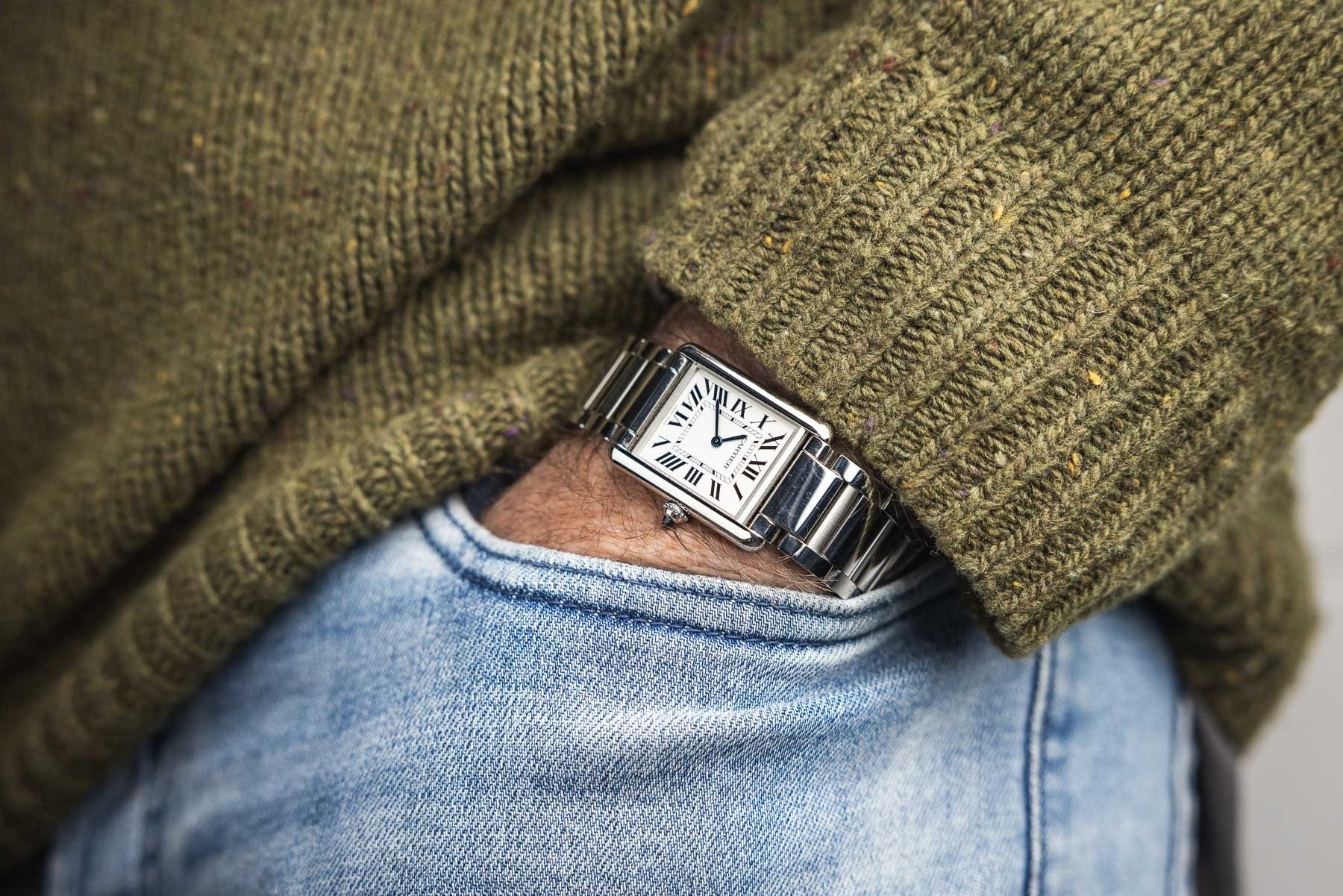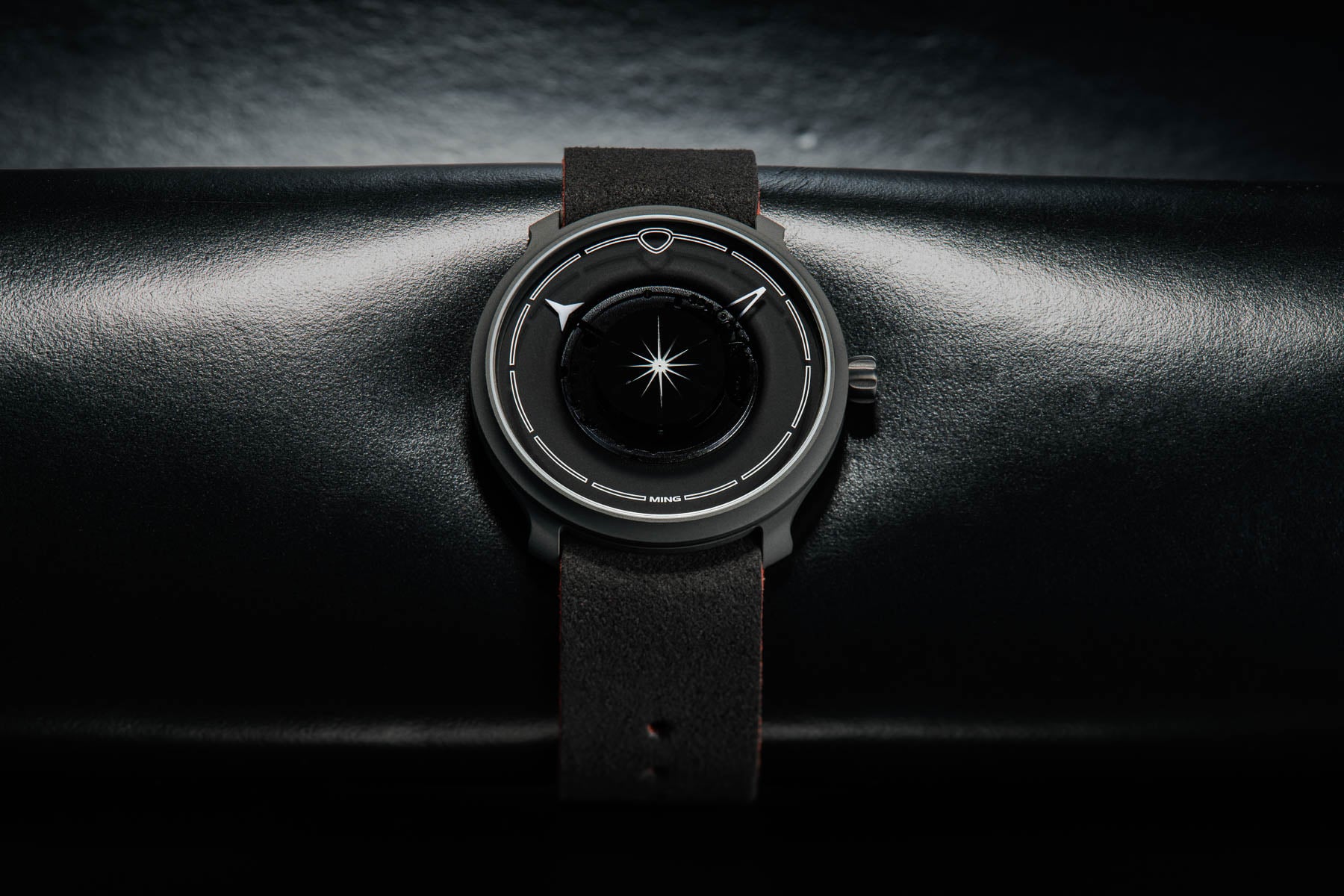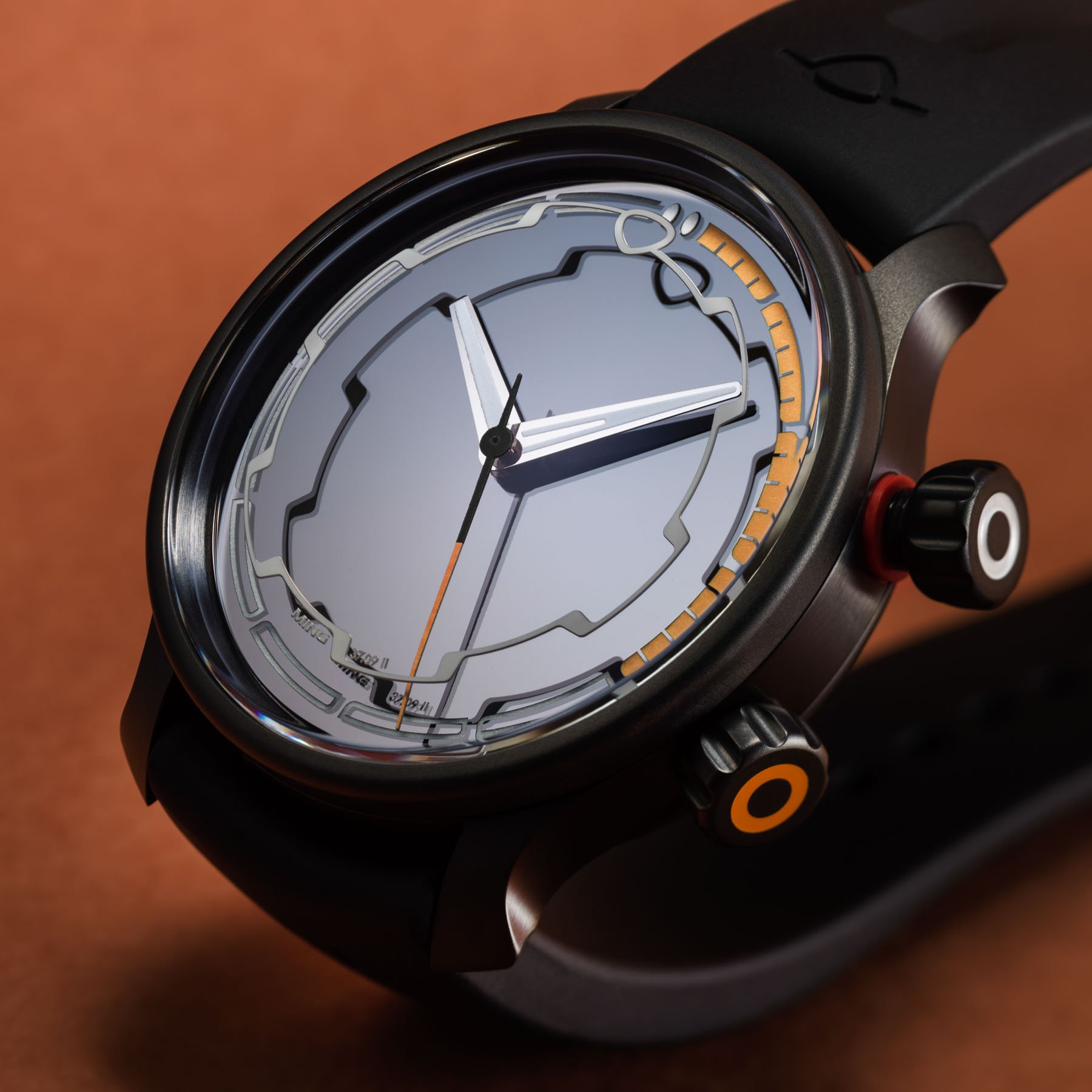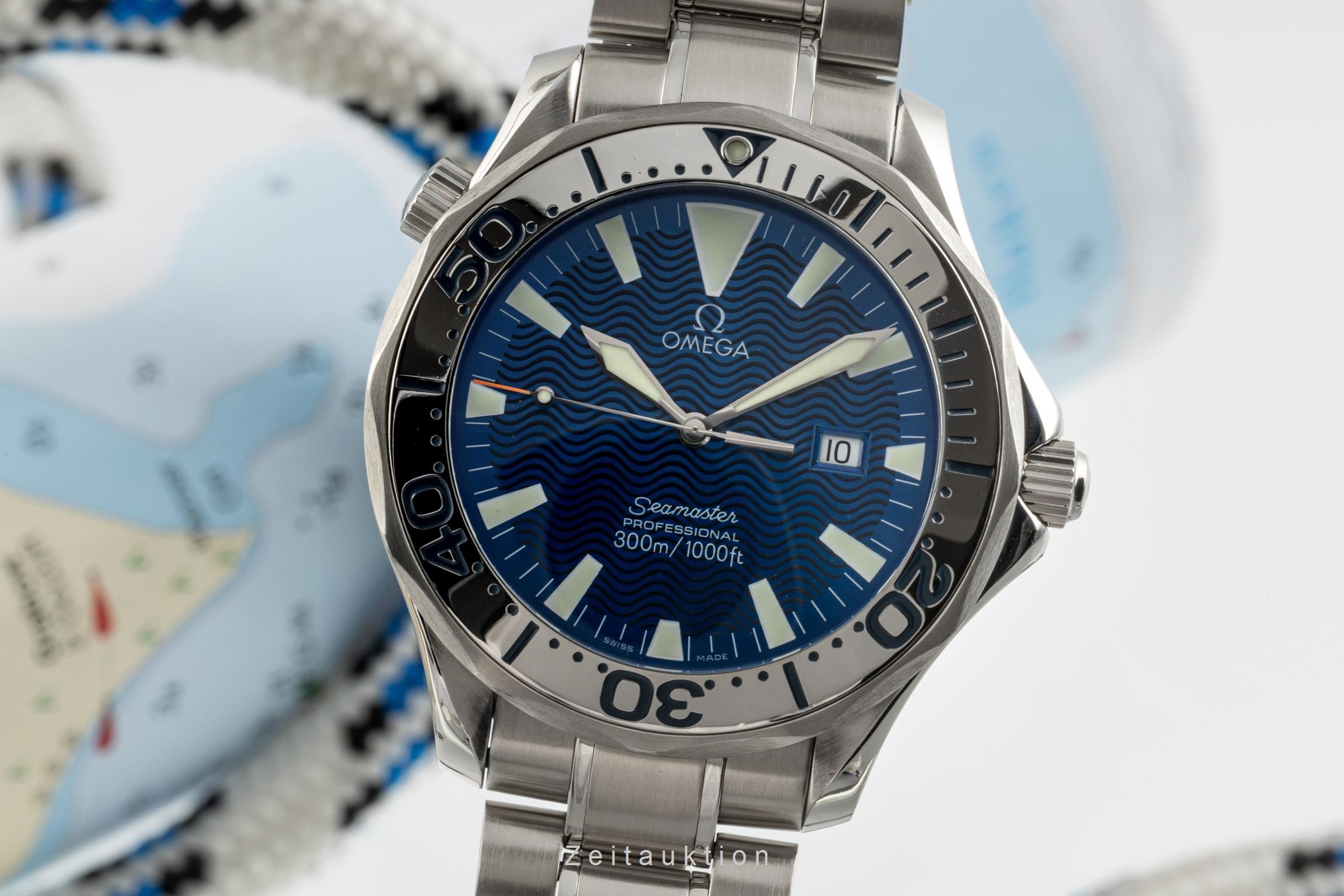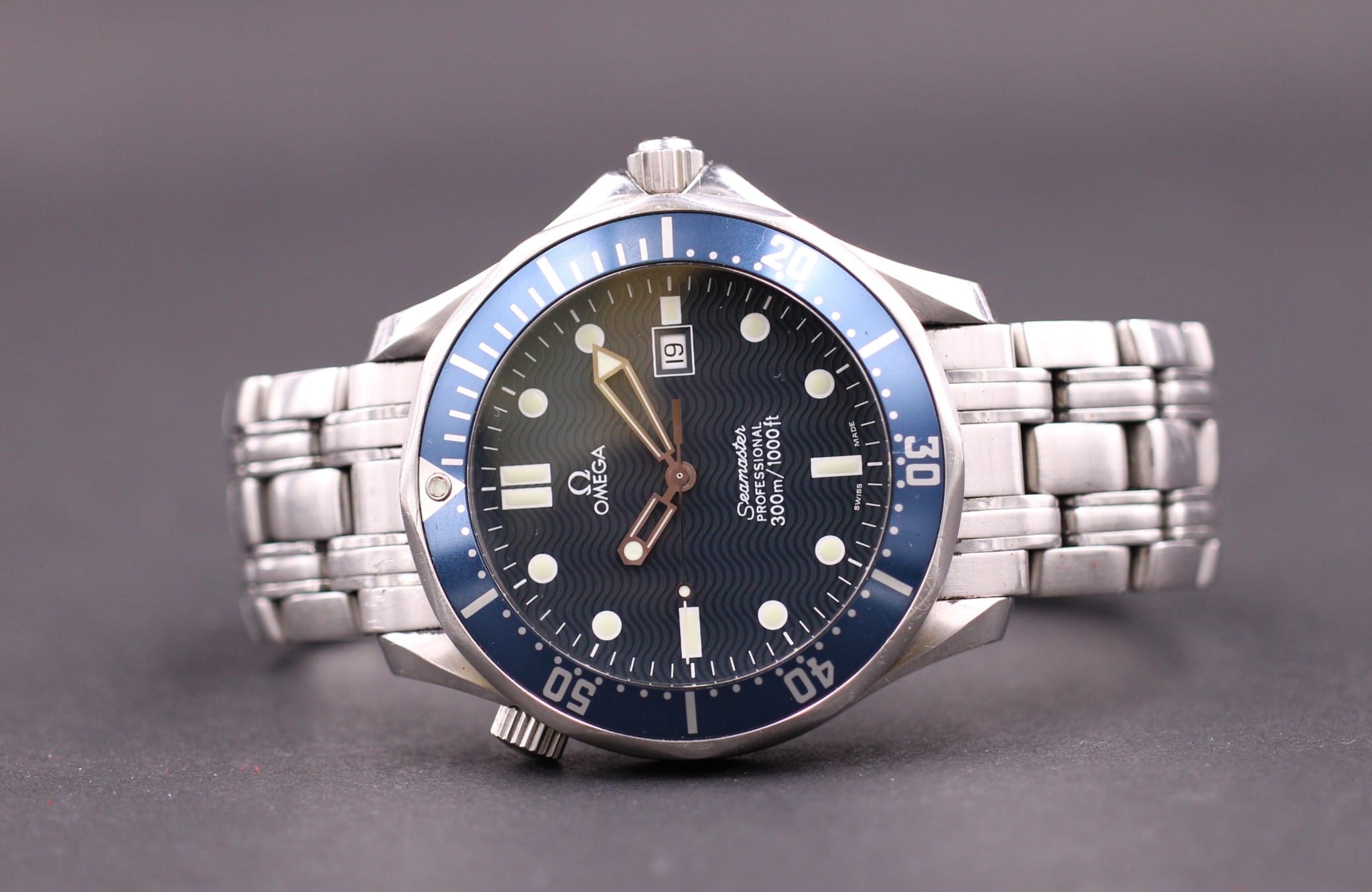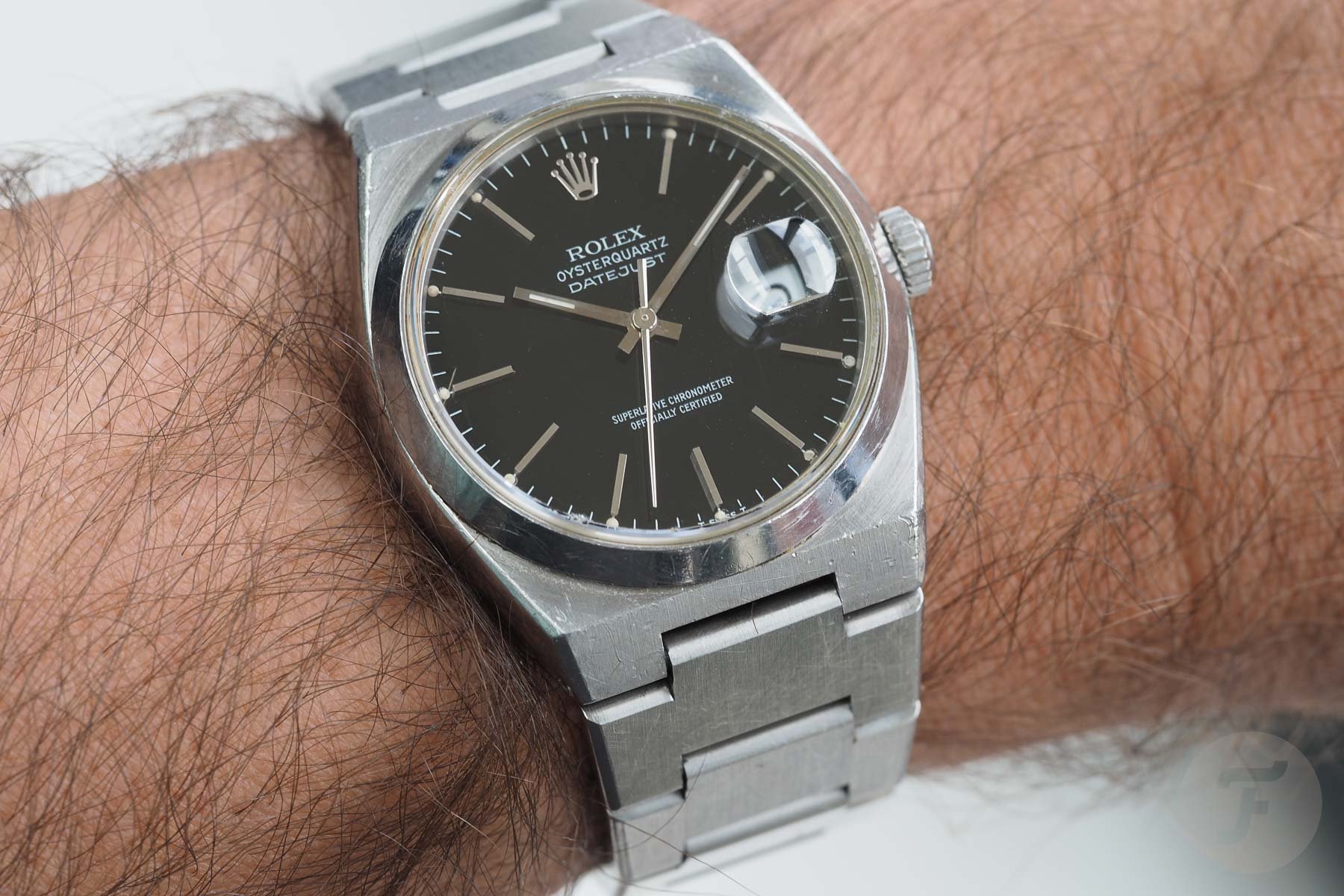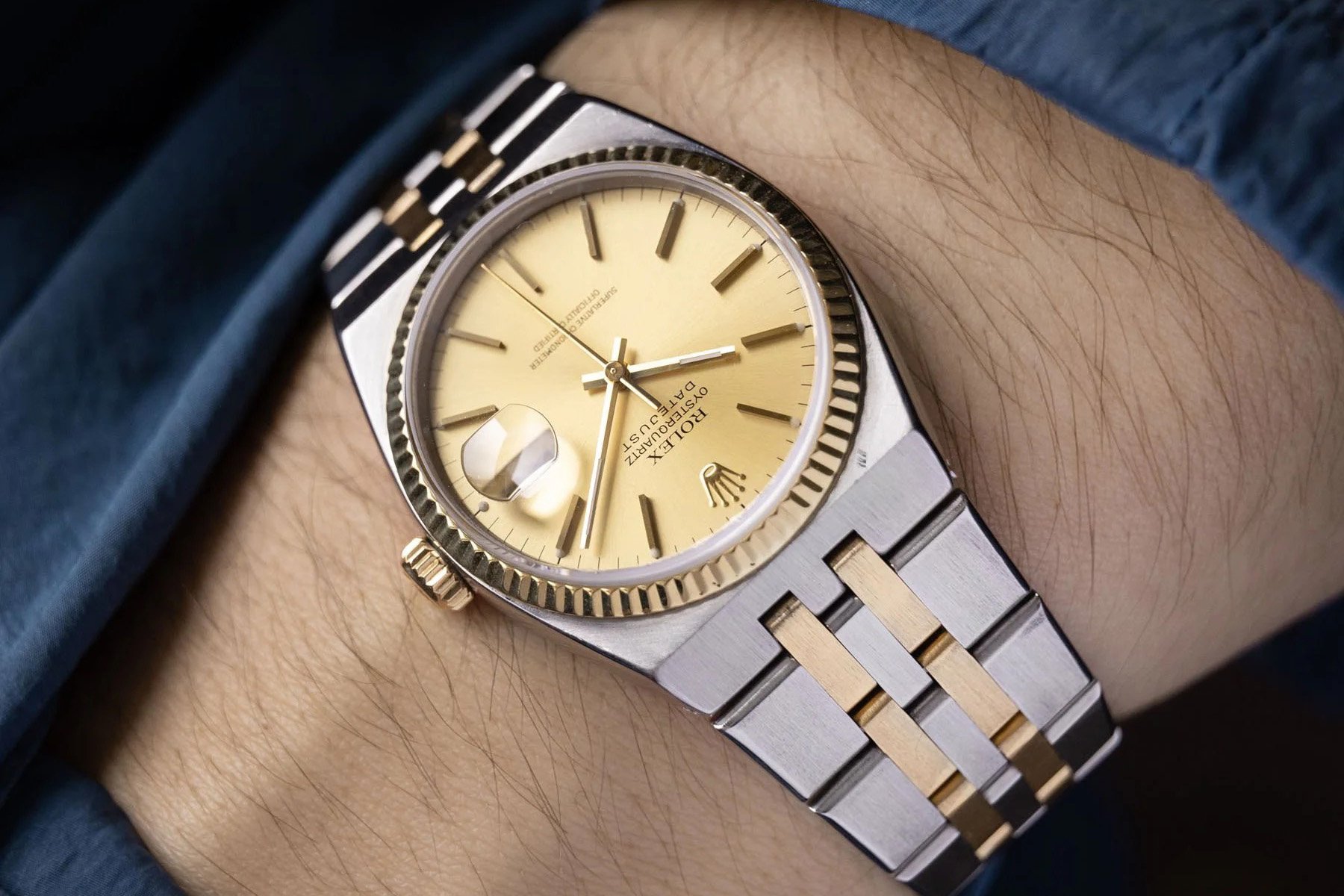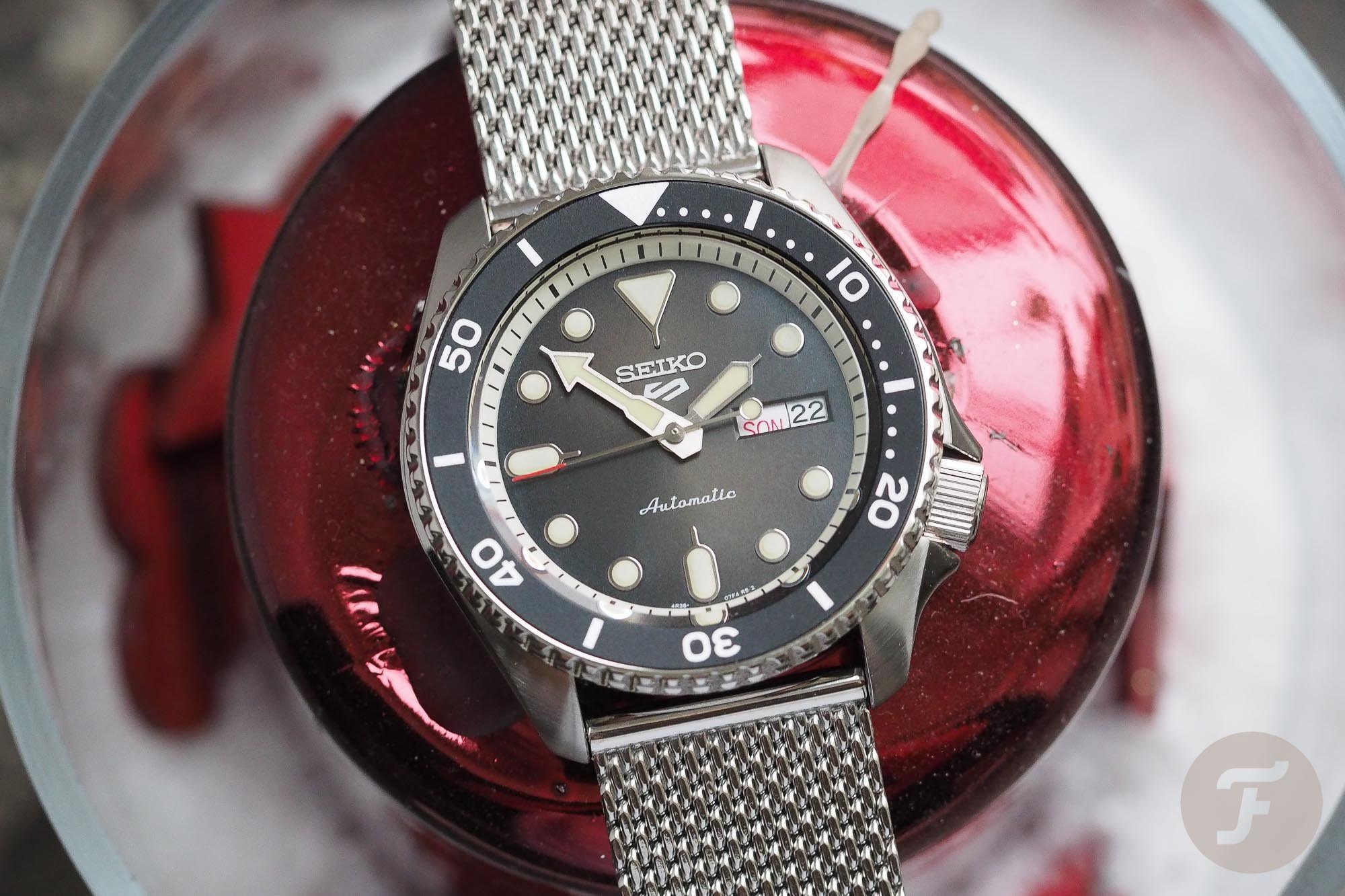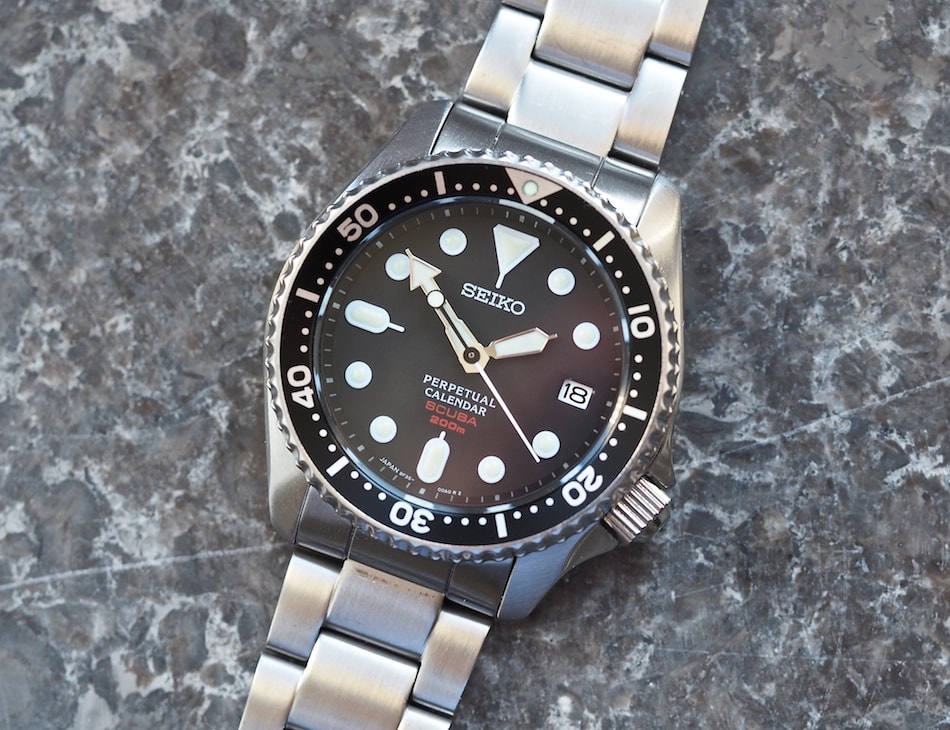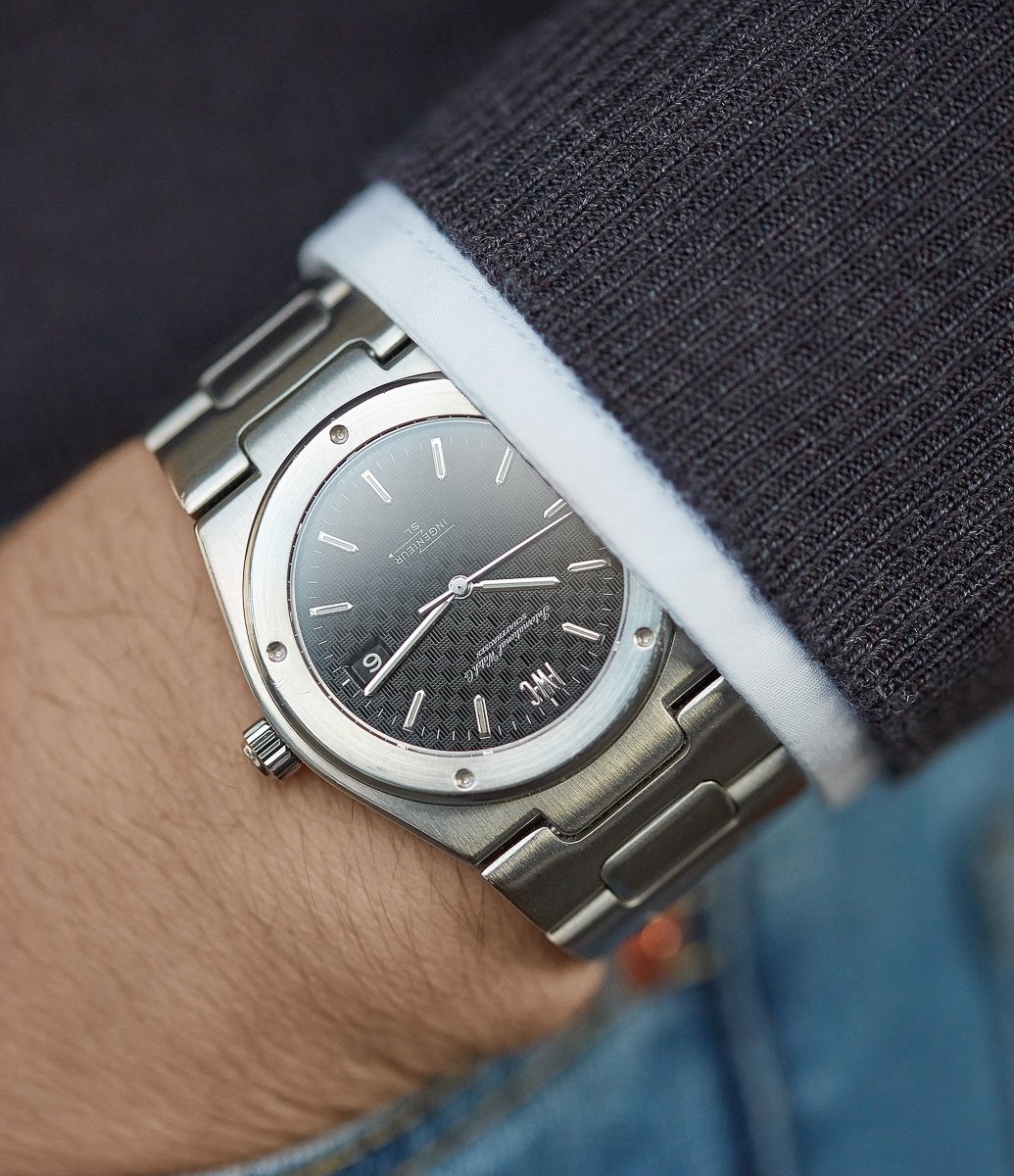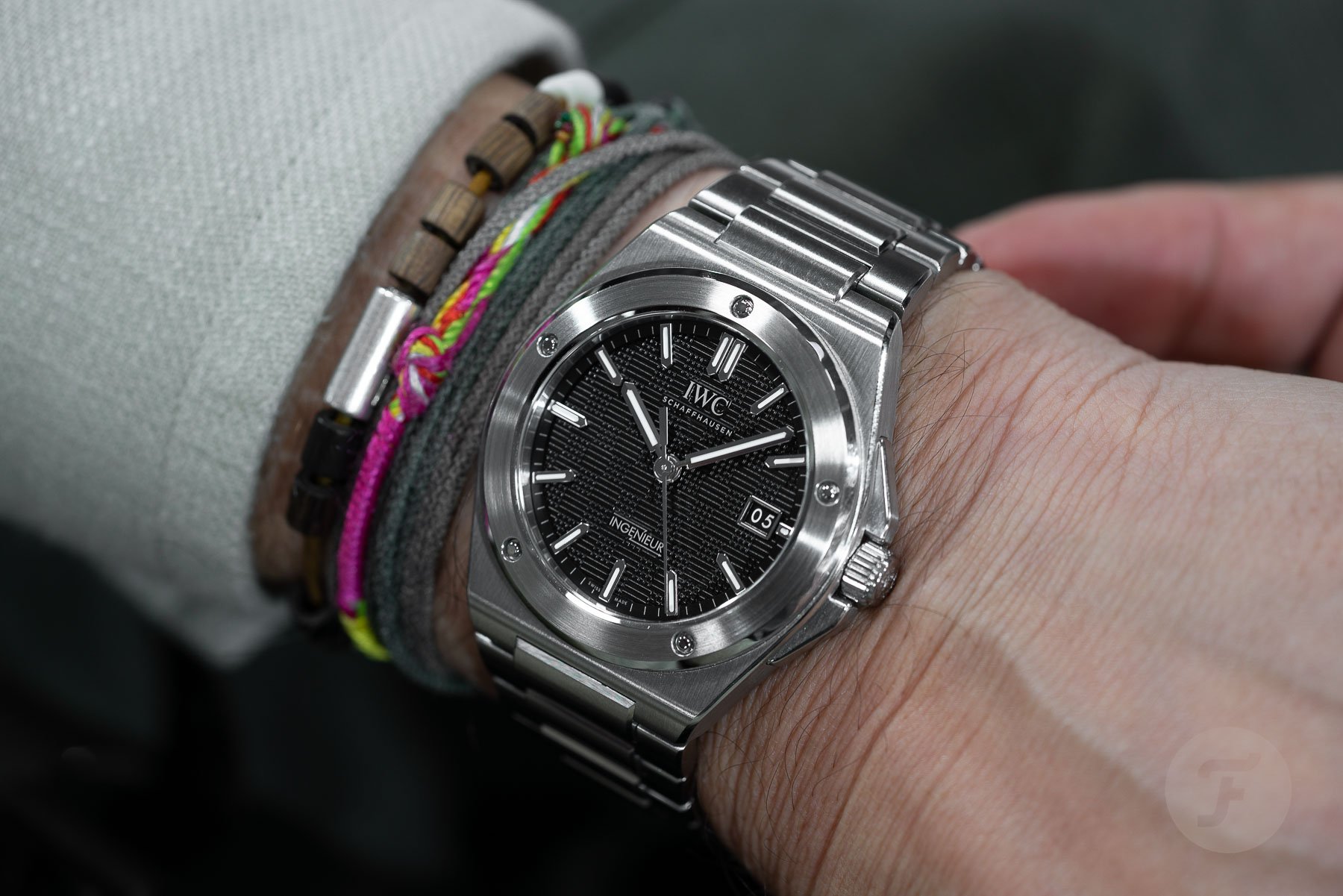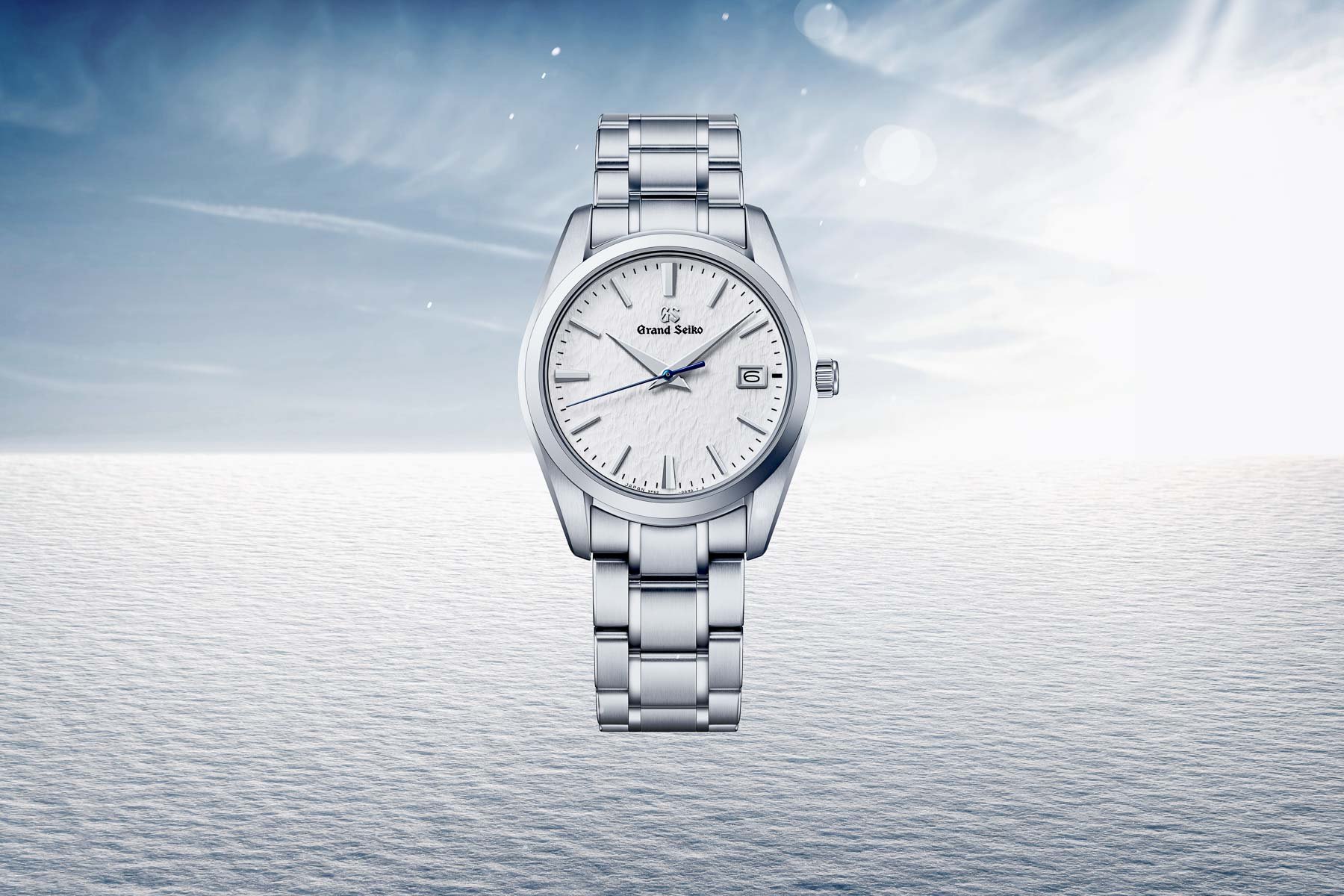Modern Brands That Should Offer Quartz — Rolex, Omega, Ming, And More
Quartz movements were once seen as the ticking death knell of the mechanical watch industry. Many collectors scoff at these electronic pieces and will not consider them. However, there are pockets of enthusiasts who enjoy finely crafted quartz movements in equally well-made cases.
Perhaps the largest knock on quartz is that its movements lack the human, supposedly hand-crafted charm of mechanical calibers. On the positive front, a quartz movement offers a “grab-and-go” option while allowing the watch brand to lower the case thickness. Plus, these movements typically cost less than a mechanical caliber, which could be crucial in today’s sluggish market. No brand wants to reduce the price of an existing model, but a lower-priced option with a different movement could be an attractive solution.
What happened to quartz?
I still remember that most premium brands offered a battery-powered option alongside a mechanical version. Today, take a look at used ’80s and ’90s watches from brands like Omega, Longines, and Jaeger-LeCoultre. The overwhelming majority of these pieces contain a battery. Today, many still offer the option, but the watches are normally marketed as ladies’ references and have smaller case sizes. Grand Seiko and F.P.Journe are outliers that still make, develop, and promote non-mechanical calibers. Heck, Cartier has no problem selling non-mechanical Tanks. I suggest it’s time for others to bring back quartz, even in a limited fashion. Let’s take a look at a handful of hypothetical suggestions.
Ming
Ming has never produced a quartz watch, so its inclusion in this list is probably surprising. However, the plucky independent came to the forefront for many reasons. First, the company produces watches with innovative materials and surfaces. For example, the LW.01 Special Projects Caves were among the lightest watches ever created. Second, Ming doesn’t care what others think, which makes an electronically powered watch quasi-thinkable.
So, what would I recommend for Ming? The brand loves to infuse its watches with multi-layered sapphire dials. This seems like the perfect opportunity for a solar execution. Imagine a lightweight Ming-shaped case with a semi-transparent dial. Oh, and setting the time or scheduling a service would become a thing of the past. A regular run of these watches with a new color scheme every year would be fantastic.
Omega Seamaster Diver 300M quartz
It’s hard to argue with the current Omega Seamaster Diver 300M. Even though prices have risen somewhat sharply since the watch debuted in 2018, it’s still a value leader. Price aside, one concern I have with the watch, especially compared to older 300Ms, is the thickness. At 13.8mm, it’s not bad for a dive watch, but consider that older quartz models were just above 11mm.
In 2006, the Co-Axial movement debuted in the 300M and cemented Omega’s focus on chronometer-certified mechanical dive watches. That’s fine, but the quartz 300M has a beloved history as a James Bond watch. That model and its successors are now collectible and desirable because of their thickness and lower cost of entry. Still, they’re chronometer-rated and contain all the hallmark features, including a helium valve and a 300m water resistance rating. A new quartz 300M could bring an entry-level diver to the catalog and satisfy many fans who miss the original slim 300Ms.
Rolex Oysterquartz
One could argue that Rolex doesn’t need to do anything new, different, or exciting to maintain its mojo. Still, the love for the vintage Oysterquartz is so deep that it should return in some fashion. When the mainstream quartz Rolex debuted in 1977, it joined a herd of luxury brands with battery-powered offerings. It also introduced a daring design, in Rolex terms, with an integrated bracelet.
Now, buying a quartz Rolex wouldn’t be a trendy choice based on a fad. Rather, it would be a deliberate choice because the buyer desires a watch that’s ready without needing to be set. Plus, Rolex must include a highly jeweled movement to ensure the watch merits consideration. As for the model, the Datejust continues to make sense because of its mainstream appeal to watch lovers and those who are looking for the perfect daily piece. For the design, why not update the original integrated bracelet design to give the brand a solid footing in that sub-genre?
Seiko diver
For ages, Seiko offered multiple quartz options within its dive watch range. Today, a pricey quartz Tuna is available, but the brand has shifted to Solar for most of its cheaper models. I know that the Seiko 5 as a replacement for the legendary SKX007 garners complaints due to the lack of a screw-down crown. For most buyers, though, it’s still the perfect knock-around watch. With a list price of over €200 for the automatic versions, a lower-cost quartz option could be interesting. Just take away the “5” nomenclature and keep the dial variants to the bare minimum. Black, orange, and Pepsi versions would suit me!
If this doesn’t seem plausible, the watch that should return is a modern quartz perpetual calendar diver. The SBCM023, with its 8F35 caliber, is a legend, and a refreshed version would be incredibly exciting. If Seiko could keep the price below €800, there would be a lengthy list of takers.
IWC Ingenieur
The current IWC Ingenieur represents a return to form for the brand’s entry into sports watches with integrated bracelets. After all, it looks a lot like the original 1976 Ingenieur SL designed by Gérald Genta. Those early models were available with an automatic caliber like today’s pieces. However, they were also available with a quartz movement.
The current Ingenieur had a tough launch in 2023. The timing was at the end of a bull run, and the marketing campaign was less inclusive than an old-school London members’ club. The prices are also bold compared to the prior model. To help bolster interest in these lovely-looking watches, why doesn’t IWC consider a quartz version? Once again, it would help reduce case thickness and is consistent with the model’s history. Plus, with a nice entry price, it could be a real success.
Thoughts on quartz
Admittedly, I’m more of a fan of mechanical watches versus quartz. However, with today’s thicker movements and high prices, quartz alternatives make sense. A few challenges stand in the way of this happening, though. Some brands have declared that they’ll only offer mechanical timepieces. Then, a luxury brand needs to use a high-end quartz movement. An inexpensive, off-the-shelf option won’t work. Therefore, if a new movement must be developed, perhaps it wouldn’t offer the necessary price advantage. Nevertheless, I still think there’s an opportunity for quartz movements to make a comeback. The models, marketing, and specifications will need careful consideration.
What are your thoughts on quartz and if certain brands should offer it again? Please share them in the comments section below.

